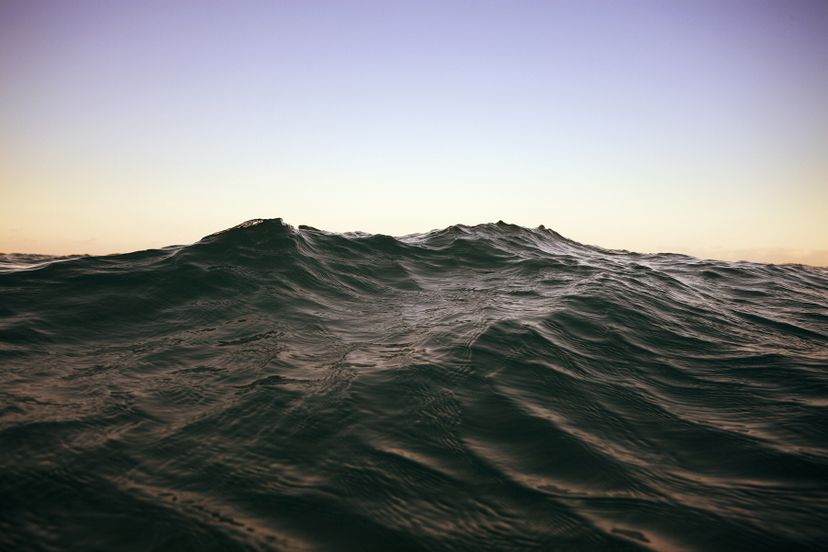
About This Quiz
Water is quite arguably the most important substance on Earth. Its unique properties make it an incredibly versitile tool. Aside from fueling life, it's useful in cleaning, cooking and transportation, just to name a few things.Water is a V-shaped polar molecule that is charged positively near the hydrogen atoms and negatively near the oxygen atom.
Only 3 percent of the world's water supply is freshwater, and 77 percent of that is frozen. According to National Geographic, of the 23 percent that is not frozen, only a half a percent is available to supply every plant, animal and person on Earth with all the water they need to survive.
Most of the world's freshwater is contained in underground aquifers, which house about 2.4 million cubic miles (10 million cubic kilometers) of it. By comparison, lakes contain only 21,830 cubic miles (91,000 cubic km), and man-made reservoirs contain merely 1,200 cubic miles (5,000 cubic km).
Advertisement
According to the World Health Organization, about 17 percent of the world's population doesn't have access to clean water -- that's nearly one billion people.
Oil doesn't dissolve in water, which means it is hydrophobic. Hydrophillic refers to substances that do dissolve in water.
Cohesion is the property that allows water to stick to itself very easily. Adhesion means that water also sticks very well to other things.
Advertisement
During evaporation, water transforms into gas. When the sun heats the surface of water, it evaporates and ends up in the atmosphere as water vapor. Condensation occurs when water changes back from gas to liquid droplets, and precipitation refers to when water falls to Earth in the form of rain or snow.
According to the Mayo Clinic, our bodies are about 60 percent water. Water helps our bodies perform various vital functions, including transporting nutrients and regulating body temperature.
Surface tension is why water beads up on waxy surfaces, such as leaves or waxed cars. Surface tension makes these water drops round so they cover the smallest possible surface area.
Advertisement
In coagulation, coagulants like lime and alum are added to the water, which causes particulates to clump together. Sedimentation and aeration come later in the process.